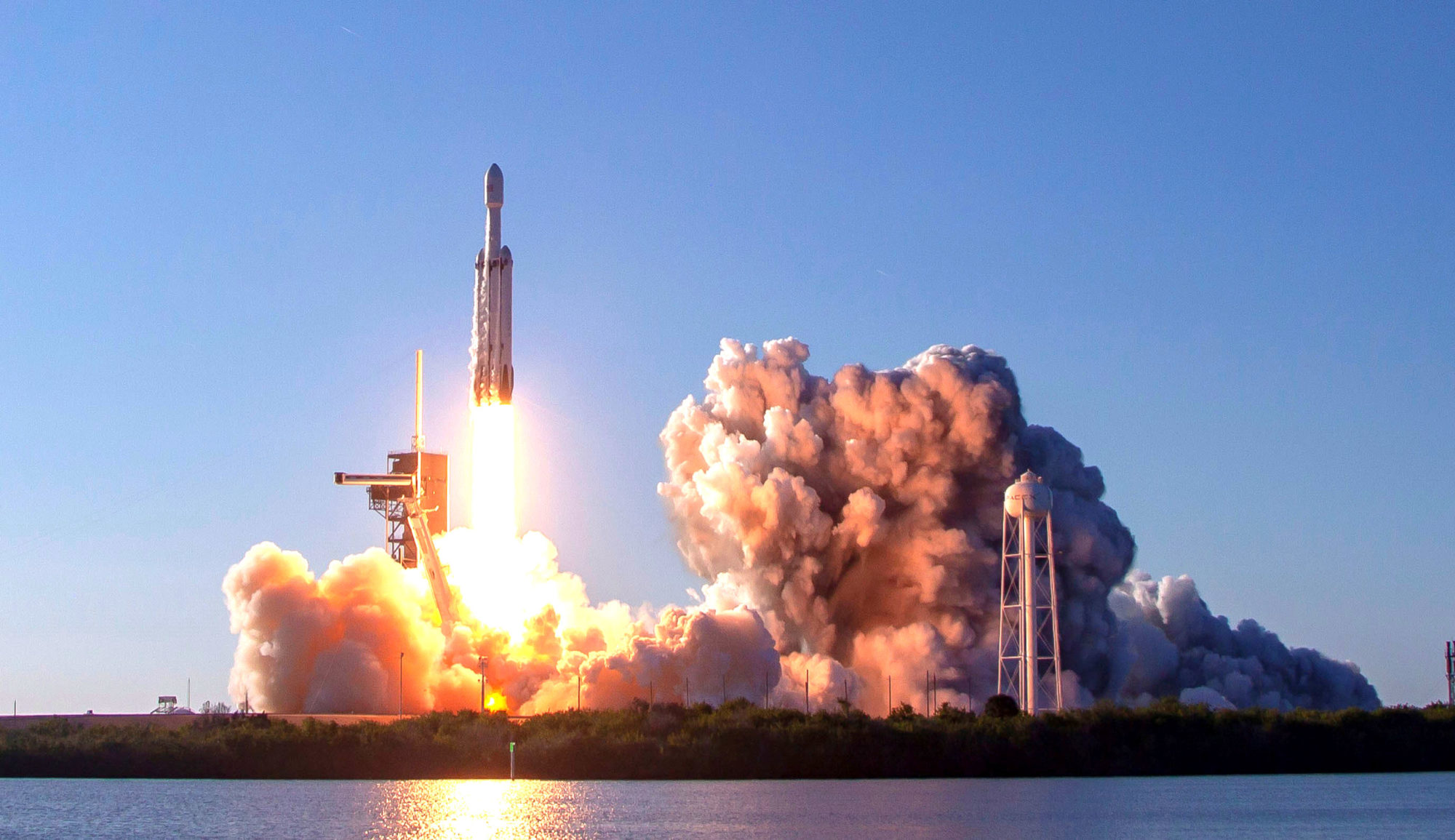Constraints:
1. Be within $100: I would prefer for the design to take up less of a budget if possible because it would be more monetarily efficient and a very expensive design would be unnecessary. I will look for affordable equipment as well as materials, as very expensive paper or LEDs would result in a design that is not worth the amount of money put into it. Although it is true that you get what you pay for, there is a point where anything more expensive results in diminishing returns.
2. Time: The project must be able to be completed by the time it is due; this precludes any design that is too elaborate or requires too much time to be drawn and cut out. This will limit the number of layers that will be created as well.
3. Materials: The paper layers of the light box cannot be too thick or the light from the LED’s won’t be able to come through the layers. They also cannot be too thin, or they will lack the structural integrity needed to keep certain layers from folding in on themselves, particularly the rocket layer. Also, the foam that keeps the layers separated must be thick enough so that there is adequate separation of the layers from each other, but not so much that they are too isolated from each other.
4. Equipment: The equipment that should be used to create the design cannot be too expensive, unwieldy, or difficult to obtain. I would also like to avoid needing to use laser-cutters, power tools, or other specialized equipment for ease of manufacturing and assembly. Because the design is primarily made of paper, a handmade approach could not only prove to be easier in terms of access, but would also provide a level of personal touch.
5. Size: The design should not exceed the size of 12’’ x 12’’ to allow for more broadly available sizes of paper, foam, and LED’s. Also, because the LED’s will primarily be added to the edges of the frame, the size is limited to dimensions the LED light can reach without becoming too dim to illuminate everything in the design.
Specifications:
1. Lighting: The LED’s must be able to change colors and/or intensity over time. The colors must be red/orange to reflect the colors seen in a rocket launch. Other colors may also be an interesting way to play with the effect light and color have on the impact of the design. Having a way to control this is also necessary.
2. Shapes: The design must also contain both organic and geometric shapes. This is so that the rocket and supporting infrastructure can contrast with the organic, flowing shapes of the exhaust/steam clouds from the launch. This contrast can make both aspects fo the design stand out from each other.
3. Aesthetic: The design must be of a space aesthetic. This means that if I do not end up deciding on a rocket launch as the final piece, it must still be related to space travel or space exploration in some way. This is mainly due to personal preference, but it would also defeat the purpose of the artwork in the first place. This is to show space travel in a different light, so to speak, than I have in the past.
4. Stylization/Exaggeration: The design must balance exaggeration and simplification so that it is not too abstract yet still has a degree of artistic interpretation. An exact cutout of a rocket from a photo, although technically accurate, would not capture the same energy and sense of imagination that I would like to include int he project.
5. Silhouette: The outline of each object and shape must be recognizable and easy to identify. This is because everything is essentially a silhouette and can only be understood as a cutout.This means that there should be no overly-complicated shapes that result in a messy or confusing design. The observer should be able to automatically understand what they are looking at without having to spend a long amount of time deciphering the image.


1 Comment. Leave new
I really liked the specification that there are organic and geometric shapes and I think that will add a lot to the final project.